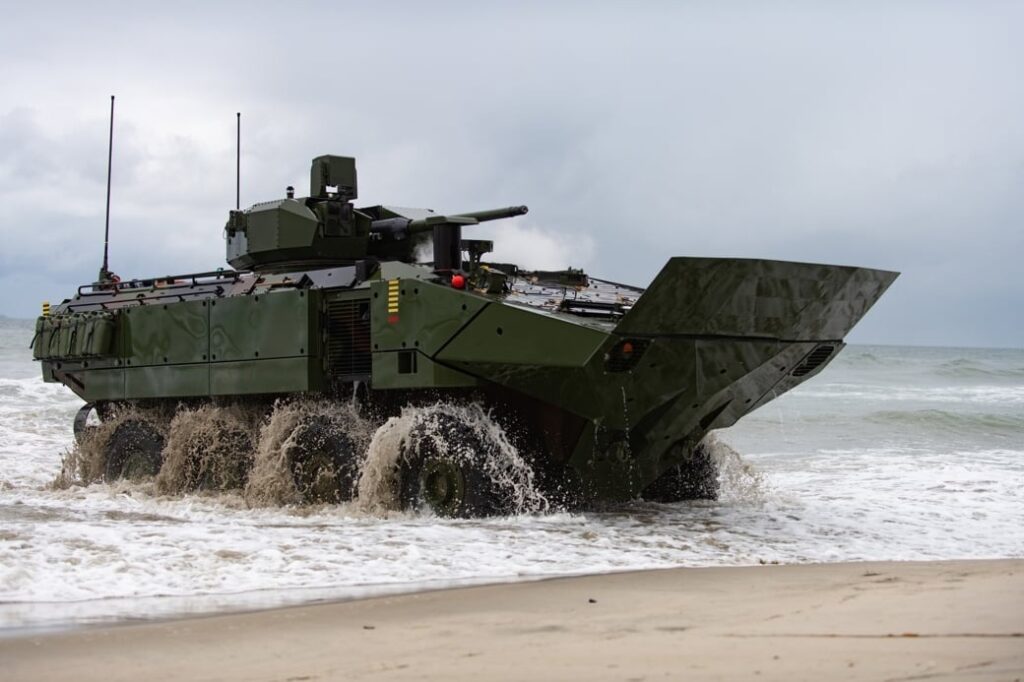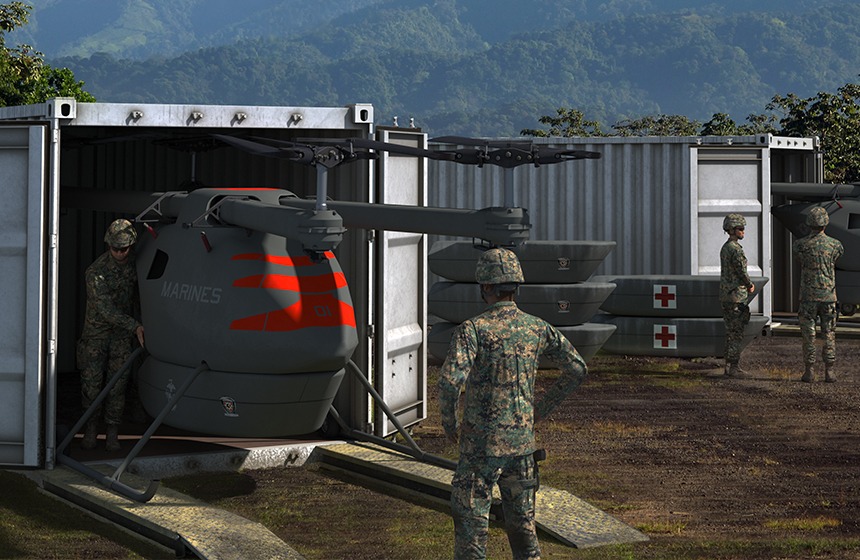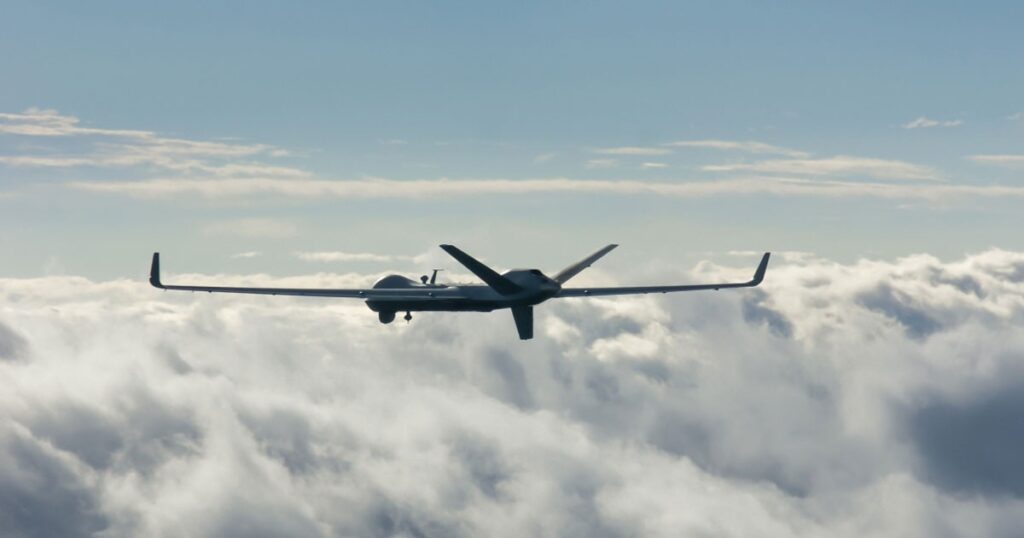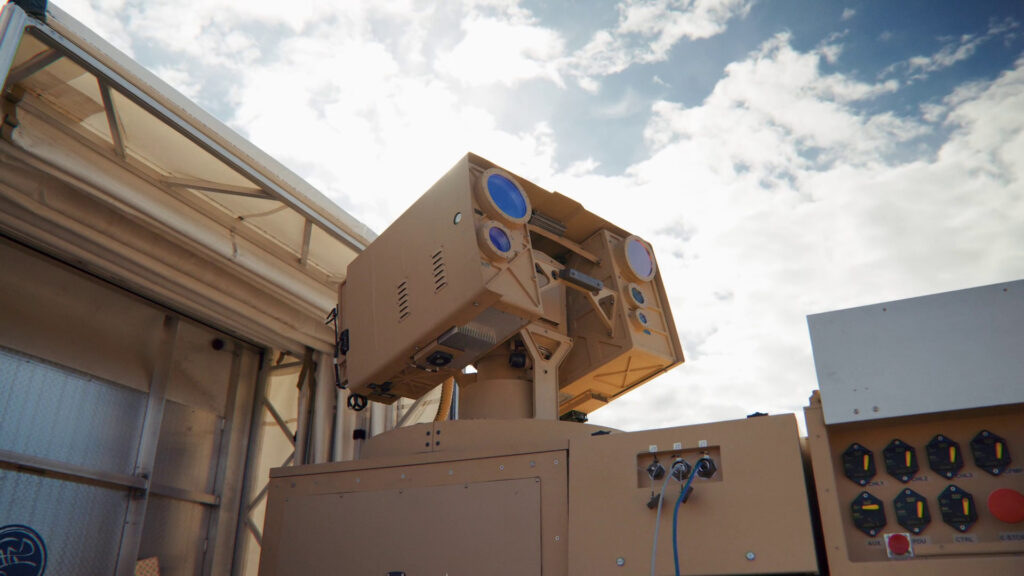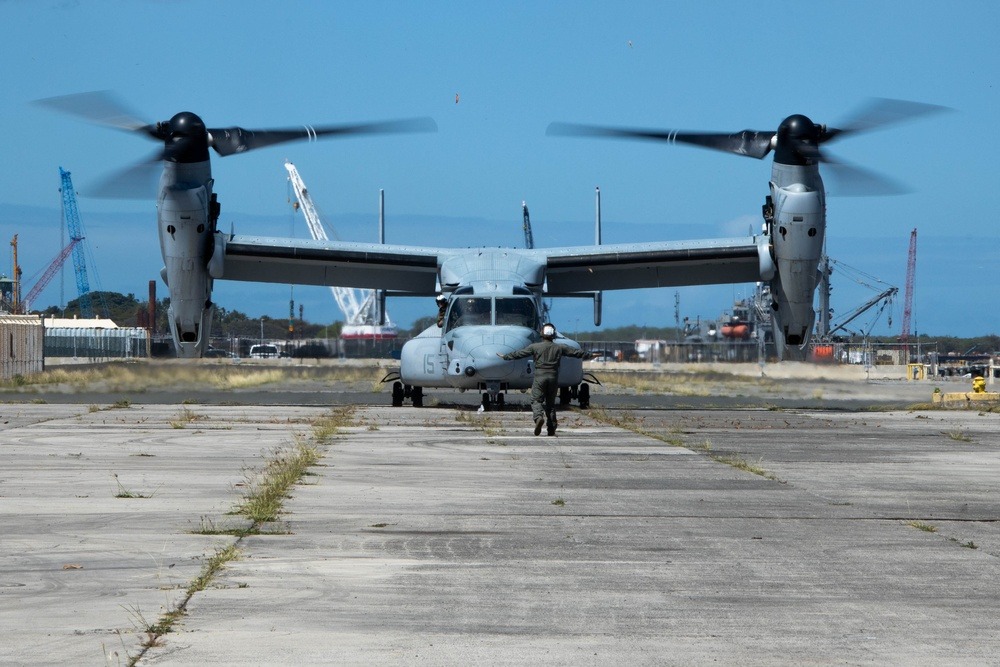Amphibious Combat Vehicles Mark Operational Debut in Pacific
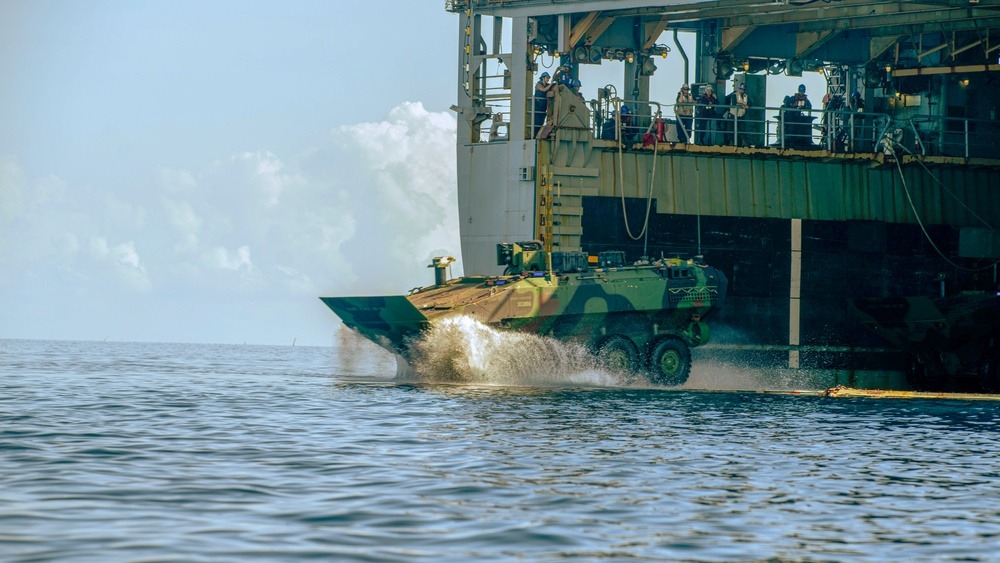
From Communication Strategy and Operations, 15th Marine Expeditionary Unit
May 6, 2024
OYSTER BAY, Philippines – The 15th Marine Expeditionary Unit’s Amphibious Combat Vehicles Platoon conducted a live-fire, waterborne gunnery range exercise in Oyster Bay, Philippines, May 4, 2024, marking the first overseas employment of the ACVs during their initial deployment.
The ACV platoon launched from aboard amphibious dock landing ship USS Harpers Ferry (LSD 49) before organizing into assault sections to close with and engage multiple shore-based targets, using their Remote Weapons Systems to control externally-mounted Mark 19 40 mm grenade machine guns.
Section leaders within the ACV Platoon, which is part of Alpha Company, Battalion Landing Team 1/5, used the opportunity to coordinate and control the simultaneous fires of all of their section’s weapons while afloat to maximize the effect against the targets ashore. The ACV provides unique capabilities to the amphibious force, increasing command and control capability, mobility ashore, and a stabilized weapon system to support maneuver.
“The hard work and dedication of our Marines is what made today’s training successful,” said U.S. Marine Corps Col. Sean Dynan, commanding officer of the 15th MEU. “Today’s training is a proof of concept across the Marine Corps for successful ACV employment in its intended environment.”
The ACVs fired 40 mm training rounds that mark targets with orange chalk upon impact, instead of using high explosives in Oyster Bay.
Upon completion of the gunnery exercise, the ACV platoon and all ACVs reembarked aboard Harpers Ferry.
This waterborne gunnery range took place while the 15th MEU continues to participate in other bilateral training events during Exercise Balikatan 24, which incorporates several combined joint all-domain operation events that increase U.S.-Philippine bilateral interoperability and lethality across land, air, sea, space, and cyberspace domains. The exercise is a tangible demonstration of U.S. and Philippine cooperation to strengthen the Alliance in an increasingly complex Indo-Pacific security environment.
The ACV Platoon, along with Alpha Co. and other elements from across the 15th MEU, deployed from Southern California March 19 aboard Harpers Ferry.
During this first deployment, 15th MEU will continue to provide insights for ACV employment, embarkation, maintenance requirements, logistics trains, and integration with our allies and partners. These insights are vital for the service to ensure we continue to provide our Marines with the most operationally ready and capable platforms.
The 15th MEU is under the command and control of Combined Task Force 76/3, employed by U.S. 7th Fleet to operate with allies and partners in preserving a free and open Indo-Pacific.
